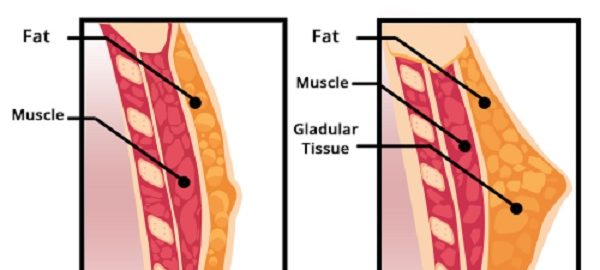Understanding Gynecomastia Surgery in Delhi: A Comprehensive Guide
Gynecomastia, or the enlargement of male breast tissue, is a condition that can cause significant discomfort and emotional distress. In Delhi, gynecomastia surgery, also known as male breast reduction surgery, offers a definitive solution for those affected by this condition. Dr. Sahil Singla, a renowned plastic surgeon in Delhi, specializes in providing transformative results through gynecomastia surgery.
Before the Surgery
Consultation with Dr. Sahil Singla: A consultation with Dr. Singla involves an in-depth assessment of your medical history and physical examination to identify the underlying causes of gynecomastia. This step is crucial for customizing the treatment to fit your specific needs.
Exploring Treatment Options: Dr. Singla discusses all available surgical and non-surgical options to address gynecomastia. He outlines the benefits, risks, and expected outcomes of each approach to help you make an informed decision.
Preoperative Care: Detailed instructions will be provided to prepare you for surgery, including guidelines on medication, diet, and activity restrictions. Adhering to these preoperative measures is essential for ensuring a successful outcome.
During the Surgery
Anesthesia and Technique: Gynecomastia surgery in Delhi is performed under general anesthesia, ensuring your comfort throughout the procedure. Dr. Singla employs advanced surgical techniques tailored to the severity of gynecomastia, which may include liposuction, gland excision, or a combination of both.
Surgical Process: Depending on the extent of excess fat and glandular tissue, Dr. Singla will either use liposuction to remove fatty tissue or excise the glandular tissue through carefully placed incisions. These methods are designed to minimize scarring and maximize aesthetic outcomes.
After the Surgery
Recovery Phase: Post-surgery, you will receive comprehensive care instructions from Dr. Singla to facilitate a smooth and speedy recovery. This includes guidance on wound care, activity limitations, and wearing compression garments to support healing.
Follow-Up Care: Regular follow-up appointments with Dr. Singla are essential to monitor your healing and ensure the best possible results. These sessions also provide an opportunity to address any concerns that may arise post-surgery.
Visible Results and Long-term Benefits: Most patients observe immediate improvements in the contour of their chest, with ongoing enhancements as swelling subsides. The psychological boost in self-confidence and alleviation of physical discomfort contribute significantly to a patient’s overall well-being.
Potential Risks and Complications
Like any surgical procedure, gynecomastia surgery comes with potential risks, which Dr. Singla will discuss during your consultation. These may include reactions to anesthesia, infection, and asymmetry. However, choosing an experienced surgeon like Dr. Singla minimizes these risks substantially.
Why Choose Dr. Sahil Singla for Gynecomastia Surgery in Delhi?
Dr. Singla’s expertise in male breast reduction, combined with his use of cutting-edge technology and personalized care, makes him one of the best choices for gynecomastia surgery in Delhi. His commitment to achieving natural-looking results and improving patients’ quality of life sets him apart in the field of cosmetic surgery.
Conclusion
Gynecomastia surgery can profoundly impact your life by restoring a more masculine chest contour and boosting your self-esteem. If you are considering this surgery in Delhi, Dr. Sahil Singla’s expertise and compassionate approach ensure that you receive not only expert surgical care but also comprehensive support throughout your journey. Visit SS Aesthetic to learn more about gynecomastia surgery and schedule your consultation today.


